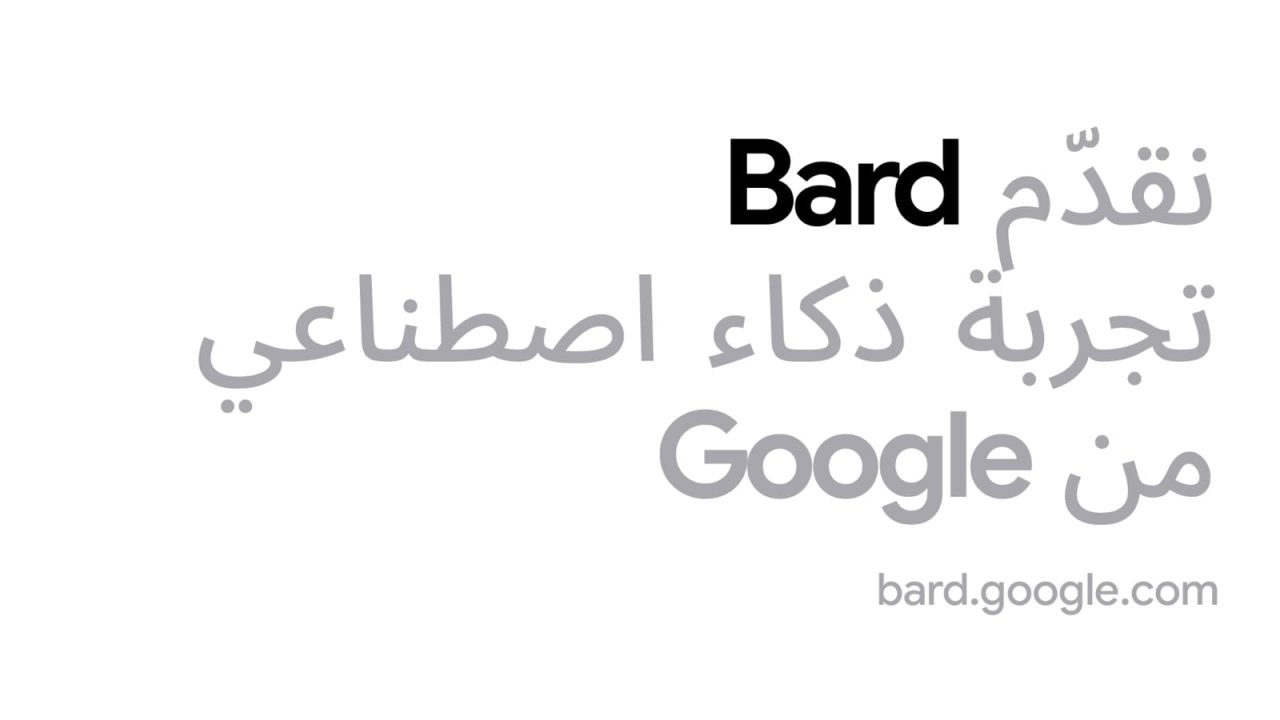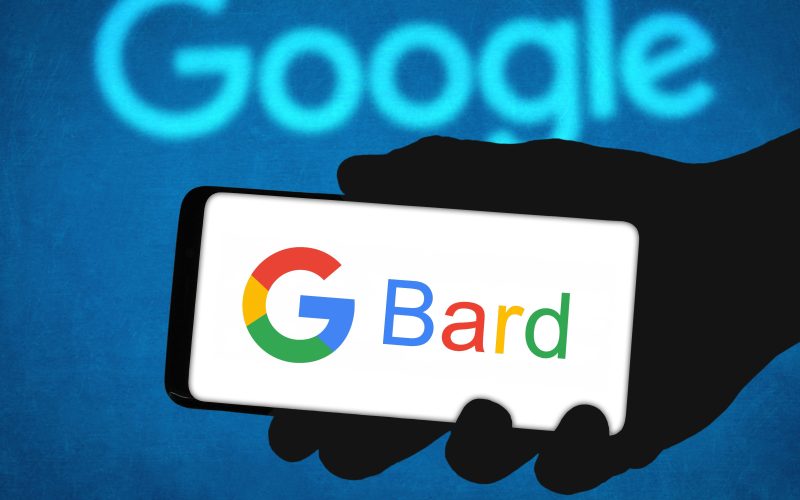After a successful debut in English earlier this year. Google has revealed that its artificial intelligence project, Bard, will soon be available in Arabic as well. Bard’s purpose is to facilitate the development of one’s imagination, the acquisition of new knowledge, and the enhancement of work efficiency. Bard is able to interpret and answer inquiries in over 16 Arabic dialects and provide responses in Modern Standard Arabic because of the PaLM2 language model, which is driven by artificial intelligence. Bard’s UI is also compatible with code swapping and right-to-left script.

Google Bard Arabic: Improvements to Bard’s Usability and Convenience
Google has added enhancements to Bard that should make it easier to use and more practical for more people. You may export your Python code to Replit, an online integrated development environment. And hear Bard’s replies read aloud to you. You can also save, organize, and change prior talks. Also, users may now input photos directly into Bard’s prompts using Google Lens. A program that can identify and examine real-world items, words, and photographs. Users have complete control over Bard’s voice and delivery.
Google MENA’s Regional Director of Marketing Najeeb Jarrar stated in a statement. “We’re excited to give all Arabic speakers the opportunity to experiment and collaborate with Bard…”. To further aid the Arabic-speaking population, Bard is able to comprehend a wide variety of dialects and skill levels in the language.
Google Bard Arabic: Approaching AI with Courage and Duty
To guarantee the responsible growth of Bard, Google has taken the initiative to engage with experts, lawmakers, and authorities. Google will continue to utilize its AI Principles as a guide. Take into account user input, and take efforts to protect people’s privacy and data as Bard is rolled out to other countries and languages.
There are presently translations of Bard into more than 40 languages. Bard is available at https://bard.google.com/ and may be accessed from any device.













